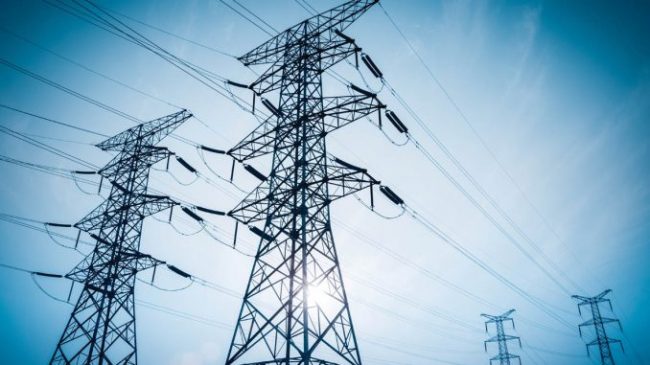Against the requirement of maintaining 15 days to 30 days of stocks, over half of the country’s 135 coal-fired power plants, which in total supply around 70 per cent of the nation’s electricity, have fuel stocks of less than two days.
New Delhi: As several states/UTs have flagged the issue of coal supply shortage, an energy crisis looms large over India, the world’s second-largest coal-consuming country. Earlier on Saturday, Delhi Chief Minister Arvind Kejriwal asserted that the national capital has been struggling with energy supplies for the past three months. Furthermore, he urged Prime Minister Narendra Modi to intervene and resolve the crisis immediately. In his letter to PM Modi, CM Kejriwal drew the attention of PM Modi towards the prevailing coal shortage continuing since August/September.
It has affected the power generation from the major central generating plants supplying power to Delhi,” the chief minister said in the letter, adding that any major interruption would hit hospitals and disrupt the ongoing vaccination drive.
As per the data from the grid operator, power plants across the country regulated generation after stock ran low. Against the requirement of maintaining 15 days to 30 days of stocks, over half of the country’s 135 coal-fired power plants, which in total supply around 70 per cent of the nation’s electricity, have fuel stocks of less than two days
Take a look at the possible reasons that have led to possible power crunch in India
- Rains have hit movement of the fuel from mines to power generation units, impacting power generation in many states, including Gujarat, Punjab, Rajasthan, Delhi and Tamil Nadu.
- Electricity consumption has jumped almost 17 per cent in the last two months alone when compared to the same period in 2019.
- An expert from the energy sector said as the Covid scare is subsiding, the demand for electricity has increased rapidly amidst the increase in industrial and economic activities. This demand is increasing not only in India but all over the world, due to which the demand for coal is also increasing continuously. This is pushing the coal prices at the international level and thus imported coal is becoming very expensive for India.
- One of the factors that have contributed to the present crisis is power plants that used imported coal to generate electricity, have either curtailed generation or completely stopped as a spurt in international energy prices has made it difficult for them to meet the commitments to states at a particular rate.
- Tata Power, which has signed contracts to supply 1,850 MW of electricity to Gujarat, 475 MW to Punjab, 380 MW to Rajasthan, 760 MW to Maharashtra and 380 MW to Haryana from its imported coal-based power plant at Mundra in Gujarat, has stopped generation. Adani Power’s Mundra unit too is facing a similar problem.
- Power plants that usually rely on imports are now heavily dependent on Indian coal, adding further pressure to already stretched domestic supplies.
Meanwhile, the Ministry of Power has also issued guidelines for operationalizing optimum utilization of generating stations as per the requirements in the Electricity Grid. These guidelines will enable imported coal-based plants (having sufficient coal) to operate and ease out the burden on domestic coal, it added.





































